Honor Award
Beyond Pictorial: Revising Philip Johnson's Monumental Beck House
Dallas
Reed Hilderbrand, Watertown, MA

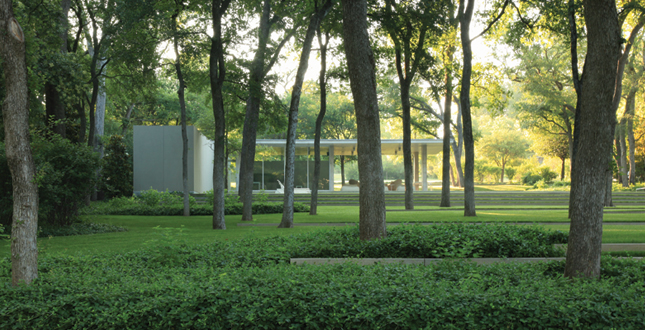 Close Me!
Close Me!Pool pavilion and terrace among preserved cedar elm canopy.
Download Hi-Res ImageImage: Alan Ward
Image 2 of 22
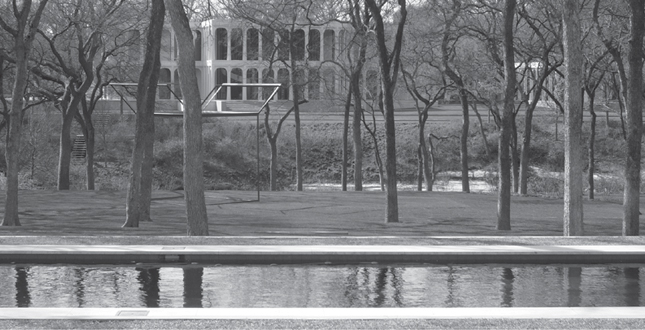 Close Me!
Close Me!House with altered plinth, stairs, and terraces seen from across Bachman Creek
Download Hi-Res ImageImage: Millicent Harvey
Image 3 of 22

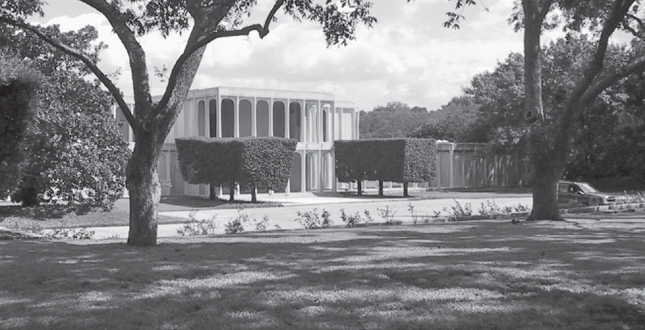
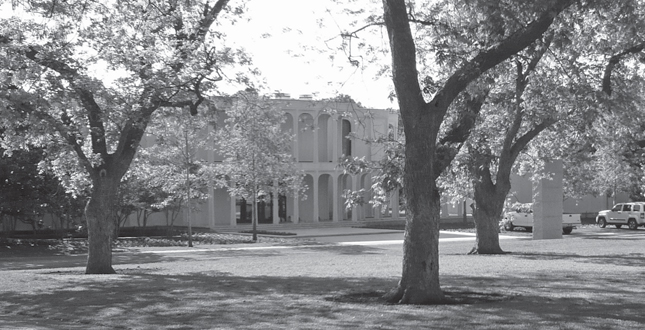 Close Me!
Close Me!Arrival court and pecan orchard undergoing restoration
Download Hi-Res ImageImage: Reed Hilderbrand
Image 6 of 22
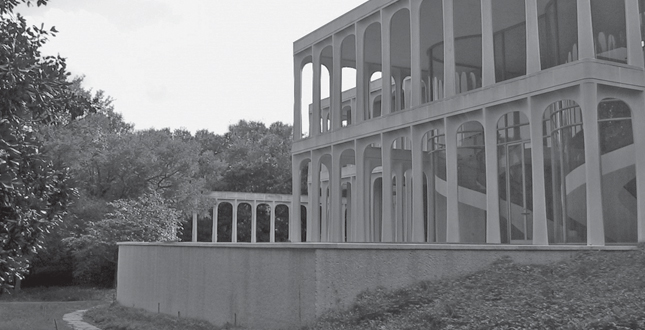
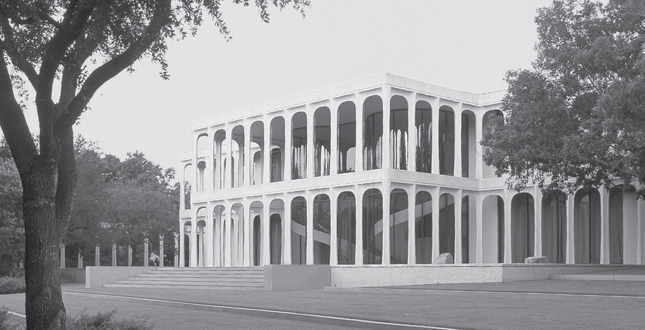
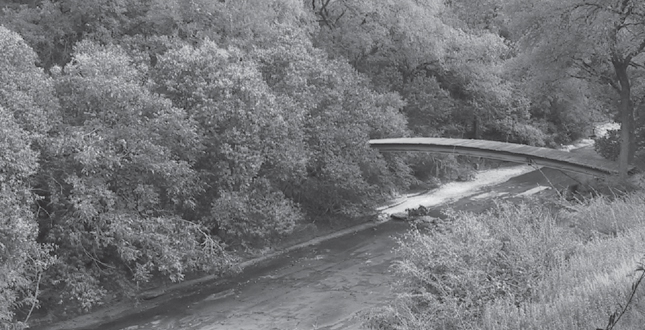
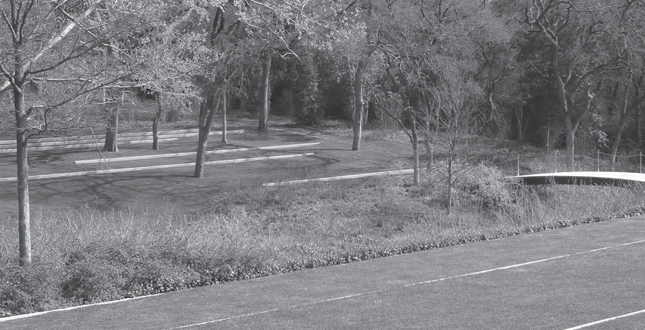 Close Me!
Close Me!After invasive removal and canopy restoration
Download Hi-Res ImageImage: Reed Hilderbrand
Image 10 of 22
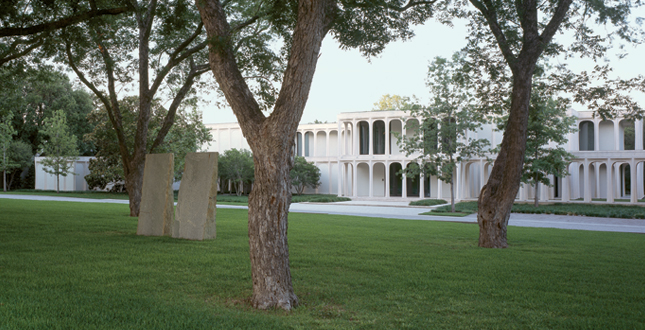
 Close Me!
Close Me!Pathway from the main entry to the private family entry.
Download Hi-Res ImageImage: Reed Hilderbrand
Image 12 of 22
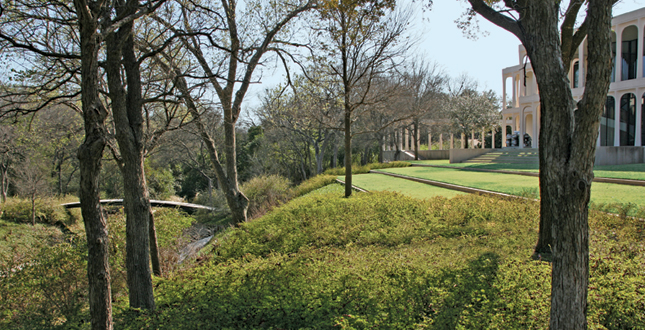 Close Me!
Close Me!Stabilized bank planting and shallow steps in place of tall walls allow Bachman Creek to flood without erosion or damage to the site.
Download Hi-Res ImageImage: Reed Hilderbrand
Image 13 of 22
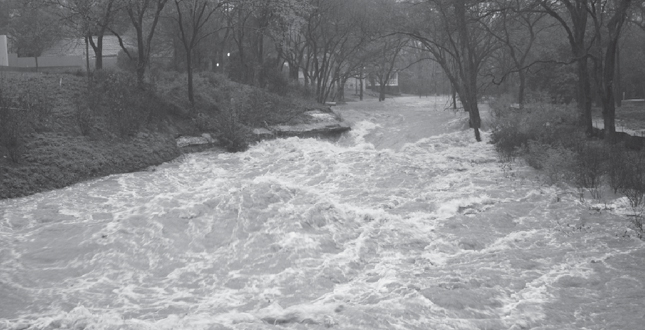 Close Me!
Close Me!Stabilized bank planting and shallow steps in place of tall walls allow Bachman Creek to flood without erosion or damage to the site.
Download Hi-Res ImageImage: Reed Hilderbrand
Image 14 of 22
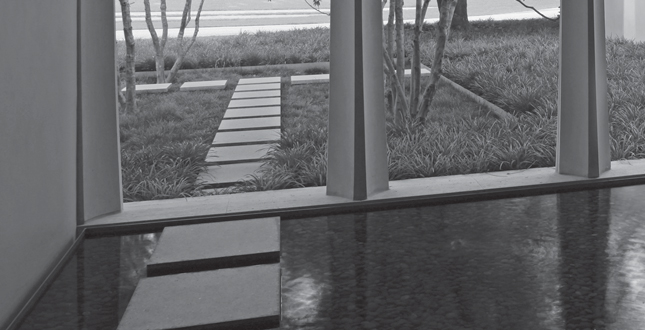 Close Me!
Close Me!New water feature adjacent to the family entrance.
Download Hi-Res ImageImage: Millicent Harvey
Image 15 of 22
 Close Me!
Close Me!New water feature adjacent to the family entrance.
Download Hi-Res ImageImage: Millicent Harvey
Image 16 of 22
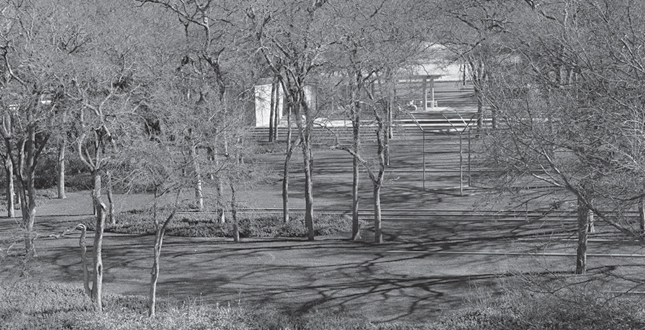 Close Me!
Close Me!Preserved cedar elm groves with pool and meadow seen from the house.
Download Hi-Res ImageImage: Millicent Harvey
Image 17 of 22
 Close Me!
Close Me!Reverse view of previous, looking from meadow toward house.
Download Hi-Res ImageImage: Reed Hilderbrand
Image 18 of 22
 Close Me!
Close Me!Terracing for pool pavilion and pool enabled preservation of cedar elms.
Download Hi-Res ImageImage: Alan Ward
Image 19 of 22
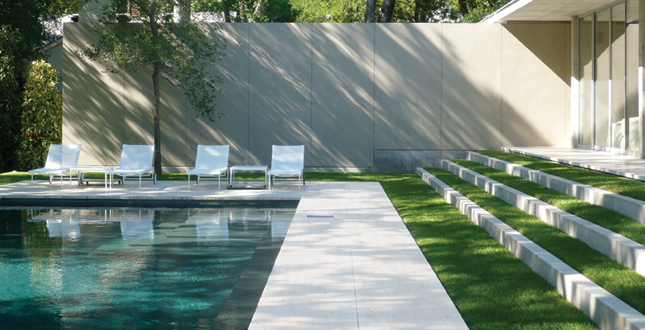 Close Me!
Close Me!Pool and wall extending from the pool pavilion.
Download Hi-Res ImageImage: Alan Ward
Image 20 of 22
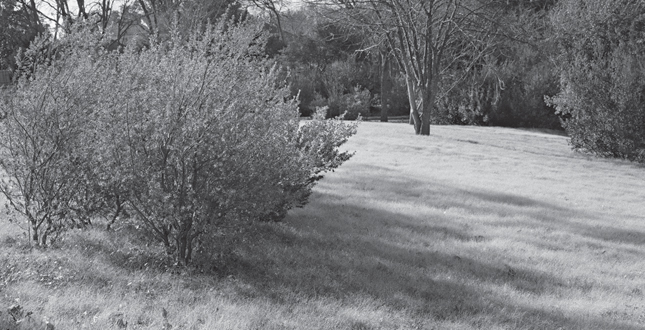 Close Me!
Close Me!Buffalograss prairie with St. Augustine grass play surface.
Download Hi-Res ImageImage: Millicent Harvey
Image 21 of 22
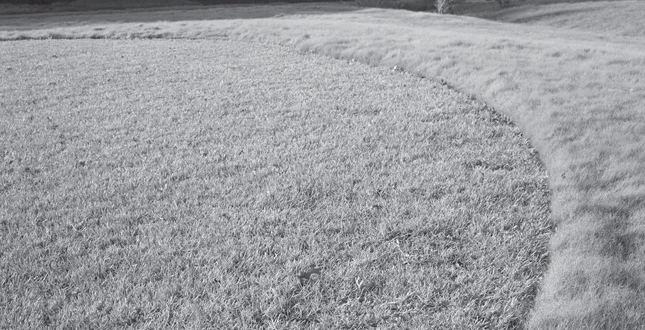 Close Me!
Close Me!Buffalograss prairie with St. Augustine grass play surface.
Download Hi-Res ImageImage: Millicent Harvey
Image 22 of 22
Project Statement
Philip Johnson's monumental 1964 Beck House was conceived as a theatrical viewing platform for the surrounding landscape—a motive pursued more simply and elegantly in Johnson's own Glass House fifteen years earlier. The Beck House renovation, completed in 2009, critically revises this modernist paradigm. By deftly altering Johnson's conceptual break-line between building and landscape, the project demonstrates landscape architecture's capacity to integrate the conservation of the material legacy of a project with direct engagement of the visual, spatial, ecological, and domestic characteristics of the site.
Project Narrative
Conservation Ethic
—2011 Professional Awards Jury
A family with deep commitments to arts patronage in Dallas rescued the Beck House from destruction in an overinflated real estate market, purchasing it from the original owner in 2002. Over the course of seven years, the client and design team demonstrated a careful balance of restoration and intervention, landscape recovery, and curatorial distinction. The house needed complete renewal. The landscape was seriously degraded, with abundant indicators of poor ecological health—more than half the site barely penetrable and clogged with invasive plants; declining populations of pecans and cedar elms; eroded and depleted soils; unstable creek banks and floodplain; and unfavorable habitat characteristics with few if any beneficial constituents. The clients demonstrated unquestionable commitment to respecting the project's heritage and placed great focus on the curatorial aspects of the house and their extensive collections; but they were equally motivated by the need to reconcile these characteristics with their desire to create a family-oriented home, a comfortably domestic landscape, and a lasting stewardship ethic for the property.
Restoring Ecological Health
Over seven years, the goal of improving canopy and soils health has driven numerous management and design decisions. Twenty-three original mature orchard pecans (plus five replacement trees) have been returned to long-term vitality through extensive rehabilitation of root zones and canopies. Nearly one hundred cedar elms have undergone similar treatment. To facilitate the preservation of these trees, whose root flares existed at hugely varied base elevations, concrete risers of three- to six-inch elevations were inserted—over 4,000 linear feet of them—with pile foundations that minimized interference with soil/root masses. Bioengineered creek bank restoration succeeded in stabilizing formerly eroded slopes to resist regular flash flood damage. The swimming pool program was relocated above the 100-year floodplain. Lawns, which provide occasional public access for the sculpture collections, have been transitioned to a combination of warm- and cool-season grasses with reduced water demand. The small existing prairie was restored at a larger scale with low-demand Buffalograss. Site maintenance today is 100% organic.
Domesticity
While the architecture is singular and strong, this site is home to a family of four. Drives, terraces, and an extensive recreation program were designed to achieve a domestic character. Design tactics included the provision of a reflective water feature at the everyday family entrance; introduction of seasonal horticultural interest—bosques, hedges, shrub masses, and ground covers—along edges and in family areas; and the planting of significant new Shumard oaks and live oaks to domesticate the scale of the house (and eventually shade it).
Building on the aim of domestic character, the project alters the architect's original promenade architecturale. Johnson's grass plinth distanced the house from the creek and beyond. Johnson provided only one indirect path of connection to the creek; the overall stance was remote and pictorial. In the renovation project, four-foot retaining walls were reduced in height; sections of the plinth were broken for access; and a broad lawn stair was introduced that facilitates direct movement and visual connection toward Bachman Creek and the balance of the property. The geometry of terracing and articulation of the groundplane were aligned with the orientation of the creek, bringing the two sides of the property into strong visual and spatial connection.
Intention
The project carries significance for Dallas and beyond with respect to mid-century modernist residential heritage. Due to inflated land values and a dramatically degraded condition, the house was headed for demolition. The new owners rescued the property and committed enormous capital to its recuperation. The approach taken here brings critical and respectful measures to the preservation of a recent work (less than fifty years) and proves that discrete interventions can honor a project's original design intentions while transforming use and character to satisfy contemporary ideals and lifestyles. Moreover, the case is made that arboricultural and topographic renovations can yield a more fully engaged site experience that moves beyond modern architecture's limited pictorial agenda. Finally, the decision to promote 100% organic maintenance on a highly visible site in Dallas demonstrates a rare and overdue shift in local landscape practice.
Project Resources
Lead Designer: Reed Hilderbrand
Principal in Charge: Gary Hilderbrand, FASLA
Co-Principal: Douglas Reed, FASLA
Project Manager/Project Designer: John Grove, ASLA
Project Designer: Naomi Cottrell, ASLA
Architect & Interiors: Bodron+Fruit
Art Advisor: Allan Schwartzman
General Contractor: Sebastian Construction Group
Consulting Arborist: Shade Masters
Landscape Contractor: American Civil Constructors
Fountain: Dan Euser Water Architecture
Lighting Designer: Craig Roberts Associates Inc.






